An external hard disk, that connects though the printer port? Yes it’s real, so check this out!
Introduction
Say you have an old laptop back in the day and want to upgrade your storage but a whole new drive is either too expensive, or won’t fit at all! What do you do? Go external of course!
The ParaDisk 250:
Overview:
The ParaDisk is an external hard disk solution that connects to the parallel port, mostly used for printers and plotters.
It allows you to add hard disk functionality to a PC that either does not have a hard disk at all (via a boot disk of course) or just transfer files from maybe an old system with no easy way of tranfer to a new system that does.
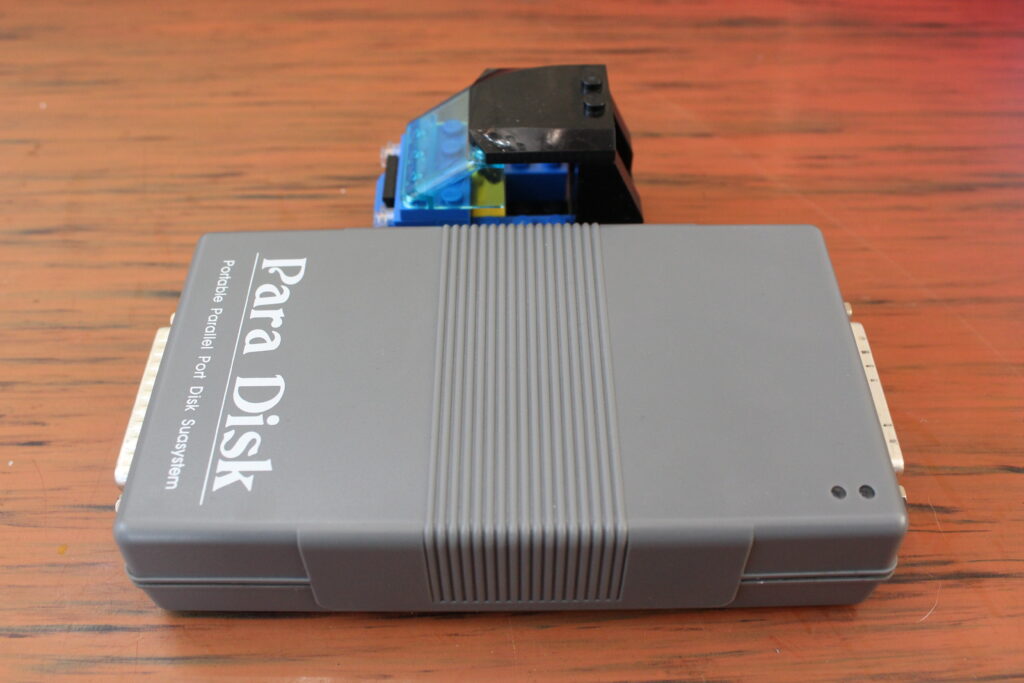
Performance:
All benchmarks were done in Windows because software would not see the direct connecting to the disk.
All tests are run on Windows ME with 1Ghz Pentium III Mobile. The laptop’s printer port was in ECP mode for the fastest data transfer we can get from this solution.
- 7Zip:
~500KB/sec read linearly which slows down to 357kb/sec, and ~225KB/sec random while extracting a zip on the drive. - CrystalDiskInfo had 5 runs of 50MB because a 100MB test file takes around 10 minutes to complete.
But 512K read speeds are normally at ~0.8MB/sec. 1.6MB/sec is the buffered speed for small files. - ATTO:
ATTO reported up to 30MB/sec and reading up on the matter ATTO seems way to inaccurate for real benchmarks on 98SE and ME.
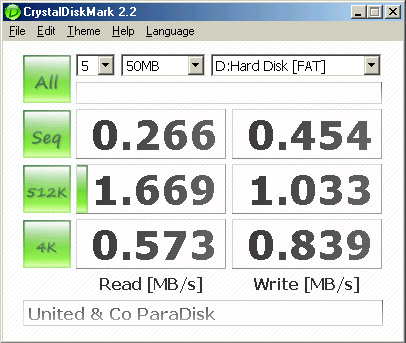
Roadkil’s Disk Benchmark:
The most accurate seems to be Roadkil’s benchmarks:
3 runs just to be sure, results seem decently stable. Up to 1.25MB/sec says the box but ECP is on so it could get a little faster then that as shown in result 3. Maybe? Who knows.
So why does it exist?
Cost, compatiblity and ‘speed’!
With a ParaDisk you can easily share big files from any PC you have. The great thing about the ParaDisk is that back in the day it would have cost around $100 in 1997 according to this post. That comes to around ~$170 nowadays.
Looking at this page and this page a 250MB drive (what this originally would have come with) would be much less then other drives at that time. So it is my assumption that it really is not a bad deal at all!
The manual of the ParaDisk states around 1.25MB/sec max speed over EPP mode which seems to hold true.
Of course if your PC did not support EPP birectional transfers over the printer port a.k.a LPT it would serverely hurt performance. But that is not what we paid for anyways, right? Portable storage, much faster then say a ZIP drive with double and easily upgradable storage down the line. You can fit up to 8GB in here!
Drivers + Manual:
I have uploaded the driver packages to archive.org here (For OS/2, DOS and Windows 95 to ME) and the manual will come once I can find a scanner that can make quality scans.
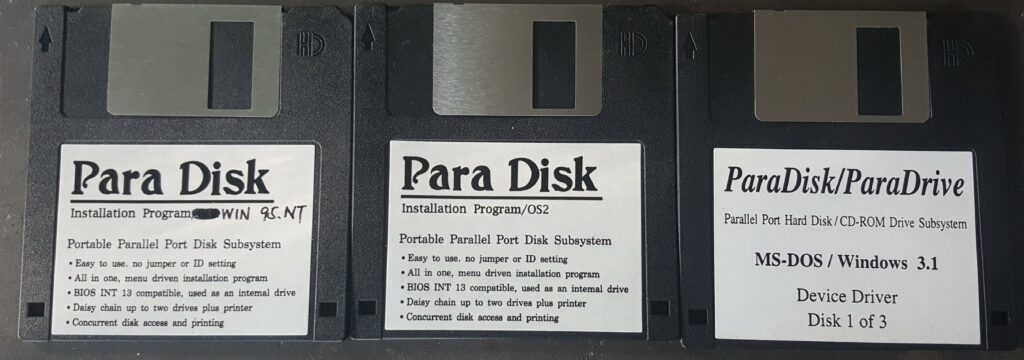
Upgrading to solid state:
One upgrade that remains highly popular, even for old PCs is CompactFlash.
These cards are based on the IDE standard, a.k.a Integrated Drive Electronics.
Instead of needing a card to talk to hard disks in their own special way IDE was designed where instead the hard disk itself would talk in specific way to the computer.
This means that IDE drives will work on almost anything that supports it. This is where CompactFlash comes in handy.
Our PataDisk is also using IDE, which means we can upgrade with almost anything we want.
So using a simple inexpensive adapter we can take our external disk drive to the maximum using one of these.
Or, that would have been:
Upgrade failures:
Before I wanted to go ahead and do more testing with the ParaDisk I wanted to make it solid state so in case it would fall or so the HDD would not get damaged. This did not go well so strap in.
The CF upgrade and any other hard disk would not even screw in
The first encountered issue with the ParaDisk is that the mounting holes are in the middle, which limits the mounting to only a select amount of drives that you can actually screw in securely.
Modern drives and replacement all use mounting on the outer edges, not square in the middle like the Hitachi drive and ParaDisk have. So mounting the CompactFlash upgrade would require double sided tape!
Beginning with the upgrades, the CF card upgrade does not even fit.
Continuing from the SSD upgrade, things went downhill quickly.The CF upgrade did not fit.
Why? Because the DeLock adapter is meant for laptops, which means the IDE plug is really close to the outer shell.
This meant that the cable required for connecting TO the ParaDisk did not fit.
Furthermore due to space constraints in length the CF adapter did come with a little tool to alleviate that but that adds length. Which means, it did not fit.
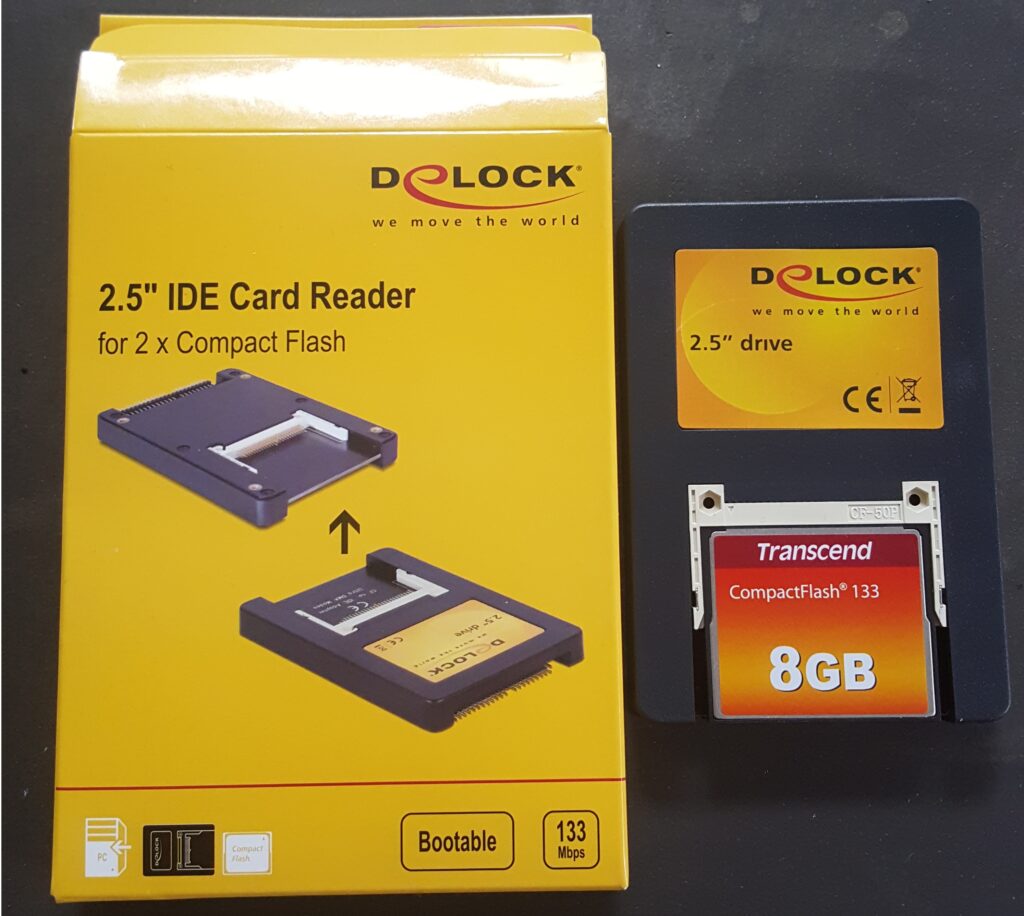
Other options for solid state did not work either.
I tried another flat CompactFlash adapter and a couple Disk-On-Modules but none of them worked.
Turns out the IDE port on the circuit board is oriented the other way around from what modules expect.
Thus the little cable used on the ParaDisk is actually REQUIRED for the thing to connect correctly.
Then when the CompactFlash adapter linked above arrived, the driver always says multiple ID’s.
So I thought, okay that could possibly mean that it supports master and slave drives?
NOPE, It does not! Even if you put in a drive on the slave channel, it will not see it at all. Shame!
SD card then? Nope, controller issues!
Then I had one last option, an IDE to SD card adapter.
Plug it in upside down and it will at least work, function and format! Sadly my adapter is half broken so the cards dont stay in the adapter all that well anymore, but it worked!
Then, because I was out of cards the smallest SD card I could buy locally was 32GB in size. To my surprise, the pre-formatted 32GB size was correctly read by Windows ME (on which I was testing things) but when formatting again the card returns to 8GB as is the ParaDisk’s technical limit.
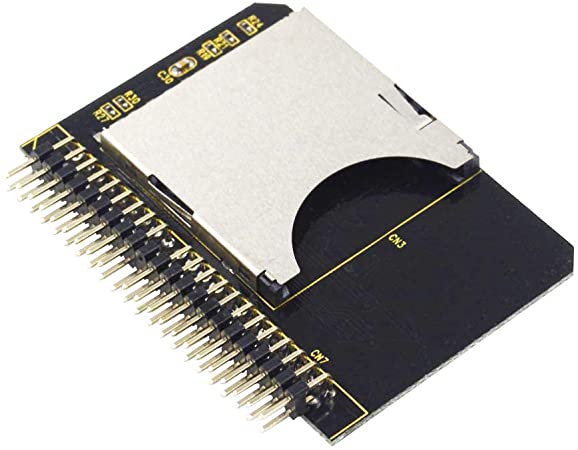
So I thought okay, lets just put it in the XT based computer I so wanted to try out, (Yes the ParaDisk works even with 8086 computers!)
But that resulted in the computer not able to talk to the ParaDisk at all when using the newly bought 32GB card. Nice, more money down the drain! At that point (after taking a break from all this mess) I have decided that I would not be messing with the ParaDisk’s storage any more.
Coming to terms
The only reason I would want to upgrade the ParaDisk is so I would not have to worry about breaking this in museum state device or damaging the hard disk.
And the drive itself lets out a horrible bearing screeching noise which can get annoying quickly.
So as read above with the many struggles this thing brings way too many issues with its non standard mounting, tight space constraints and shotty compatibility to use for real.
I wanted to make it my main portable DOS data solution but with drives this old I would not take the risk. It still works as is, so if it aint broke, don’t fix it!
This precious device will live with its stock hard disk, and when it dies THEN we will take another shot at modernizing the drive.
Giving impossible systems HDD’s:
So hard disk it is then, until the Hitachi dies. Now on to more testing!
1. An IBM XT clone:
One use case for the ParaDisk I used the most is as a disk for any PC with test software, diagnostics and benchmarks.
So the manual stated that the ParaDisk would work with PC’s using a 386 or higher, but thats actually not true!
In my XT I have an NEC V20 processor which does work wonderfully with the ParaDisk’s DOS drivers.
I have a boot disk with MS-DOS 5 on a 720K disks with the following lines added to CONFIG.SYS:
DEVICE = EPATHD.SYS /w0
DEVICE = ASPIHDRM.SYSAdding these two lines to your boot disk will automatically assign, start and load the hard disk. In case of my XT clone it becomes the C: drive. Then with an 8-bit ISA parralel port card (which even supports EPP!) its pretty snappy, faster then some MFM drive I’d say!
2. An Amstrad PPC640:
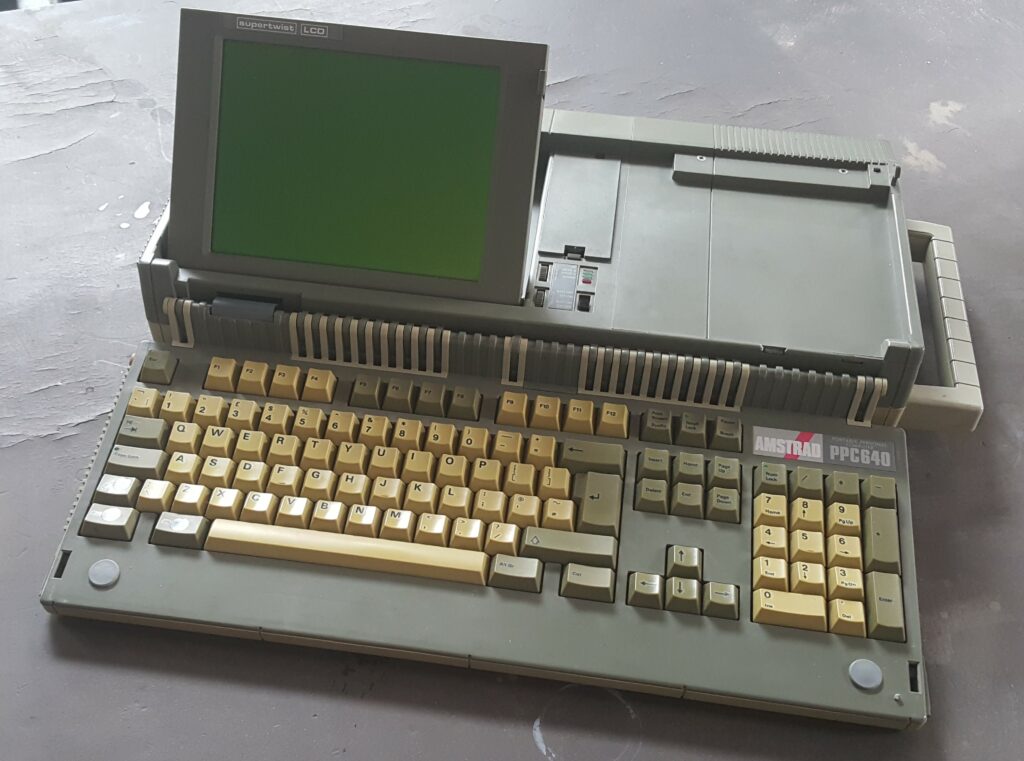
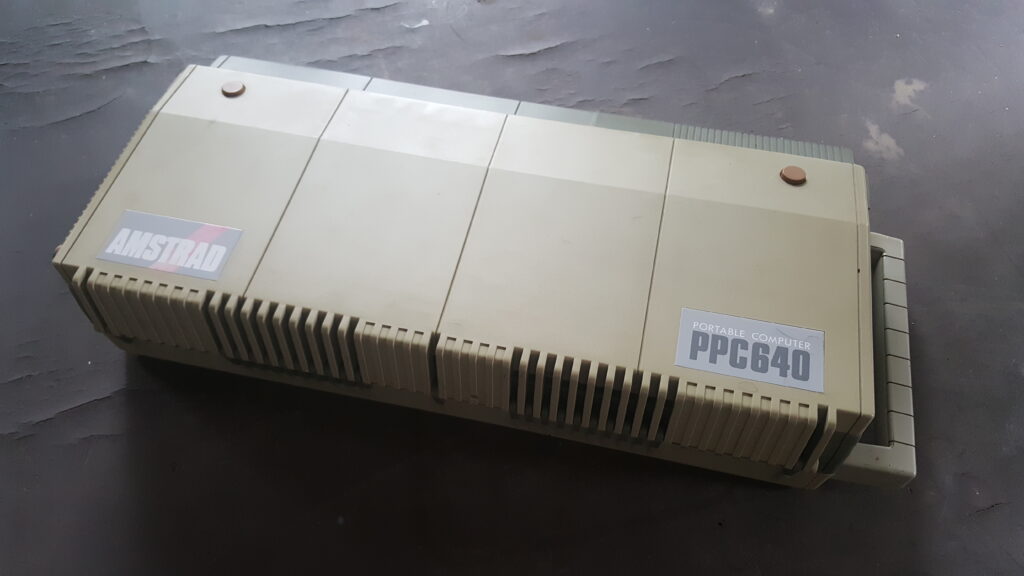
NEC V30 processor, CGA emulated, 640KB memory
Mission impossible, some would say. A hard disk, on an Amstrad PPC640? Unobtanium I hear you say?
But use the ParaDisk, and the impossible becomes possible!
Having a big box connected to the back of the system is not exactly elegant but if it works, as now it breathes so much more life into the otherwise 720KB only portable PC! With the same specs albeit a bit slower then my XT clone.
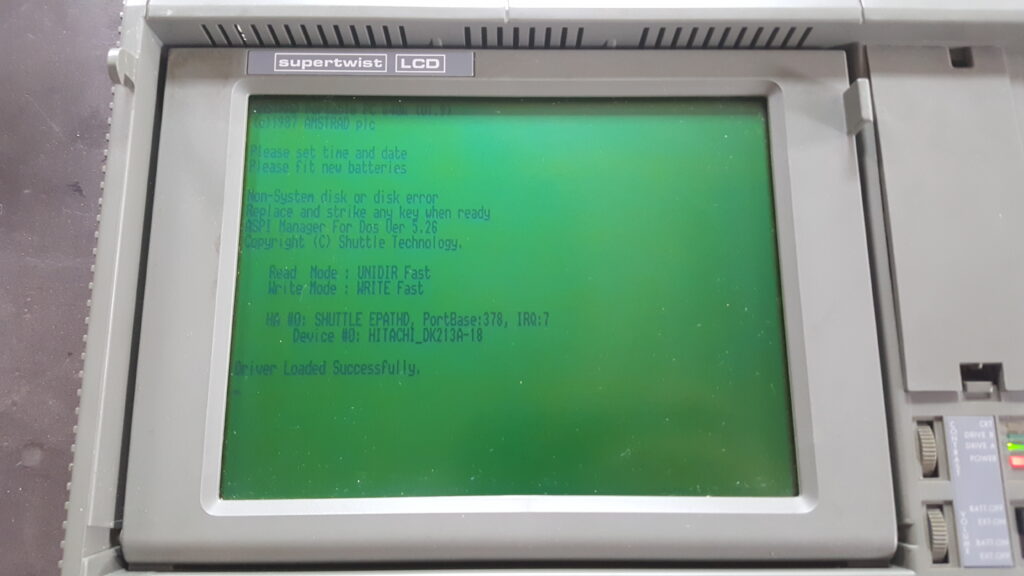
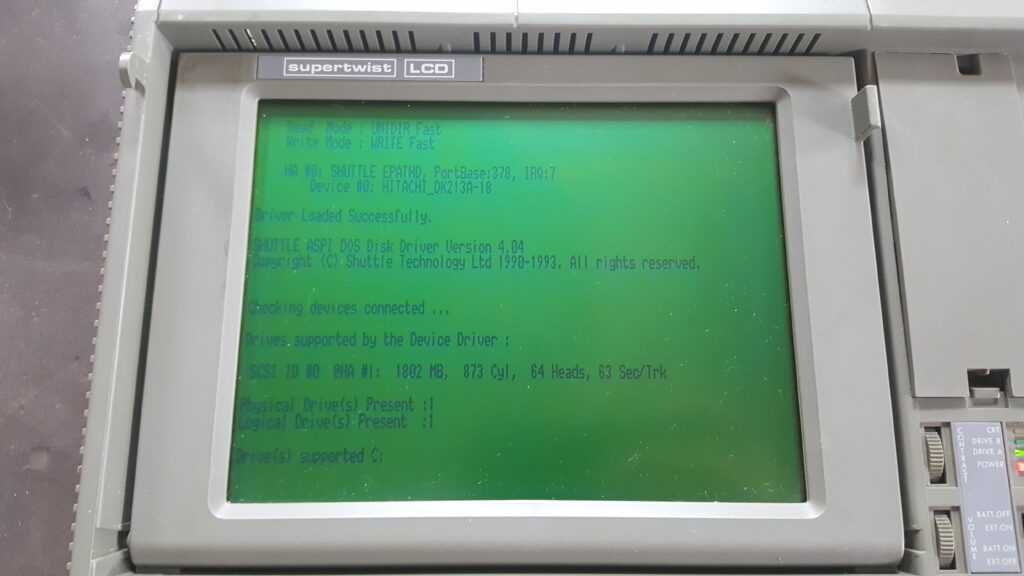
As can be seen above, and it also counts for the XT clone, the ParaDisk simply detects the drive and loads it as teh next avaiable hard disk on your system. If none a present it takes the role of drive C.
Only software that explicitly looks for a HDD in hardware, to directly talk to it will fail to detect any hard disk present.
Otherwise no issues what so ever, everything loads just fine!
Conclusion:
As far as my testing goes, any PC with what seems like an NEC V20 or newer will work just fine, as I’m unable to test a pure Intel 8086 system.
Well it sure is one hell of an adventure getting one of these, testing it out and working with it.
If you have one that works, its great! It truly works on any PC imaginable and at reasonable speeds.
If the hard disk has died, well…. We shall see how that turns out one day.
Otherwise its a great little thing! The power delivery comes from the PS/2 port and otherwise, use a barrel jack to USB cable!
And last, special thanks to Dino for getting through all the trouble to get this for me!
Sorry for draggag you through this whole mess so in any case, thanks for reading!

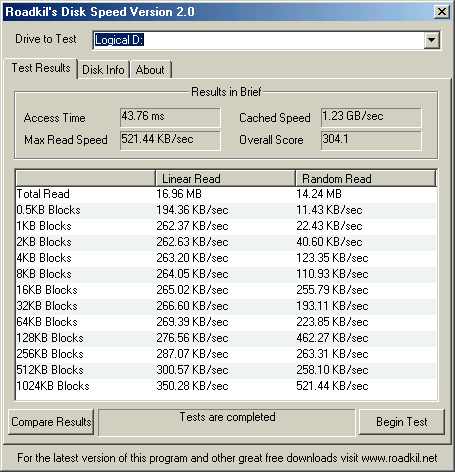
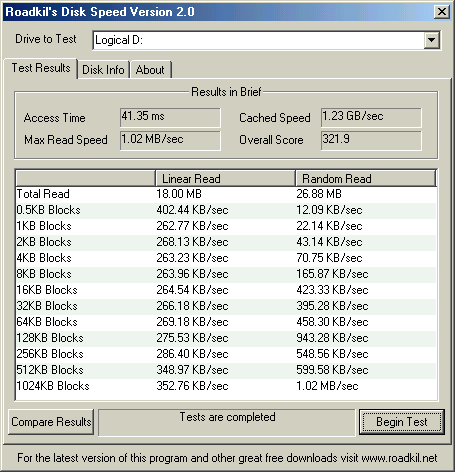

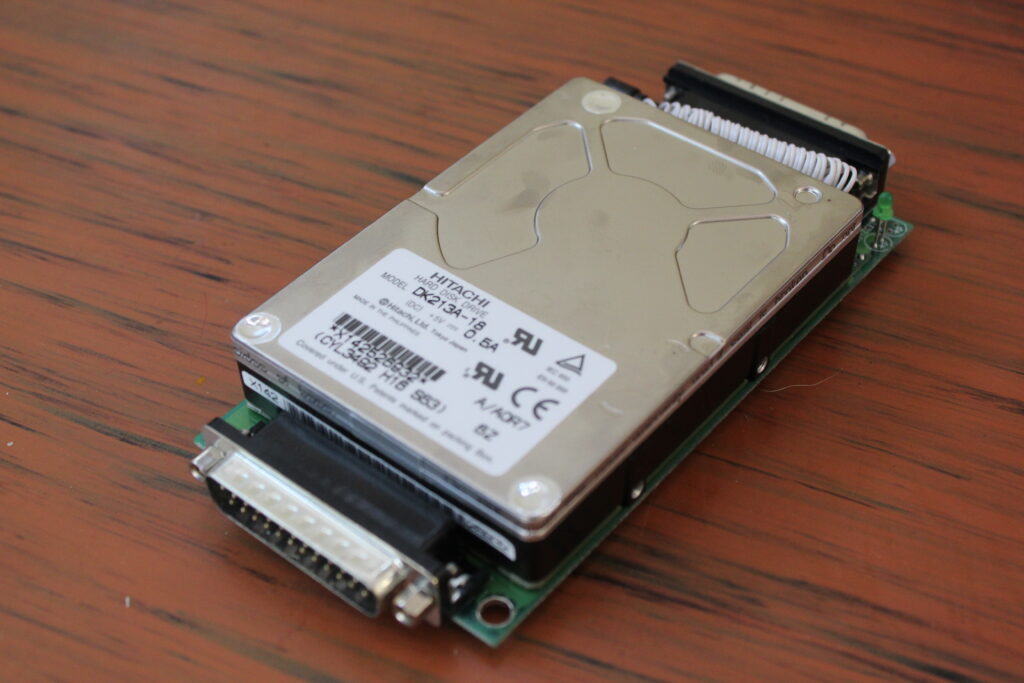
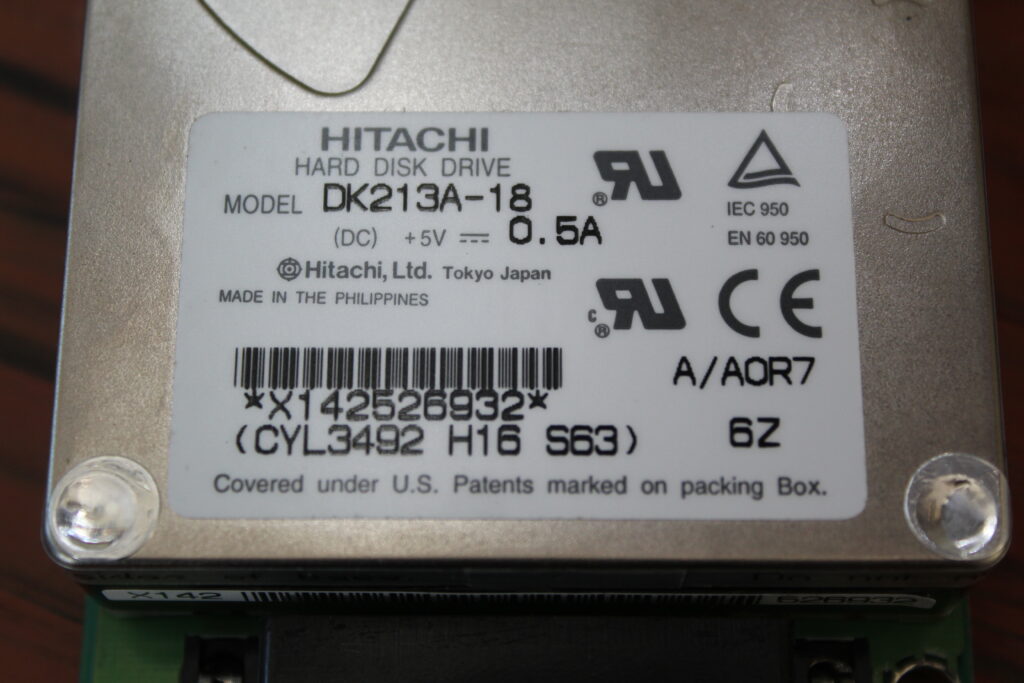
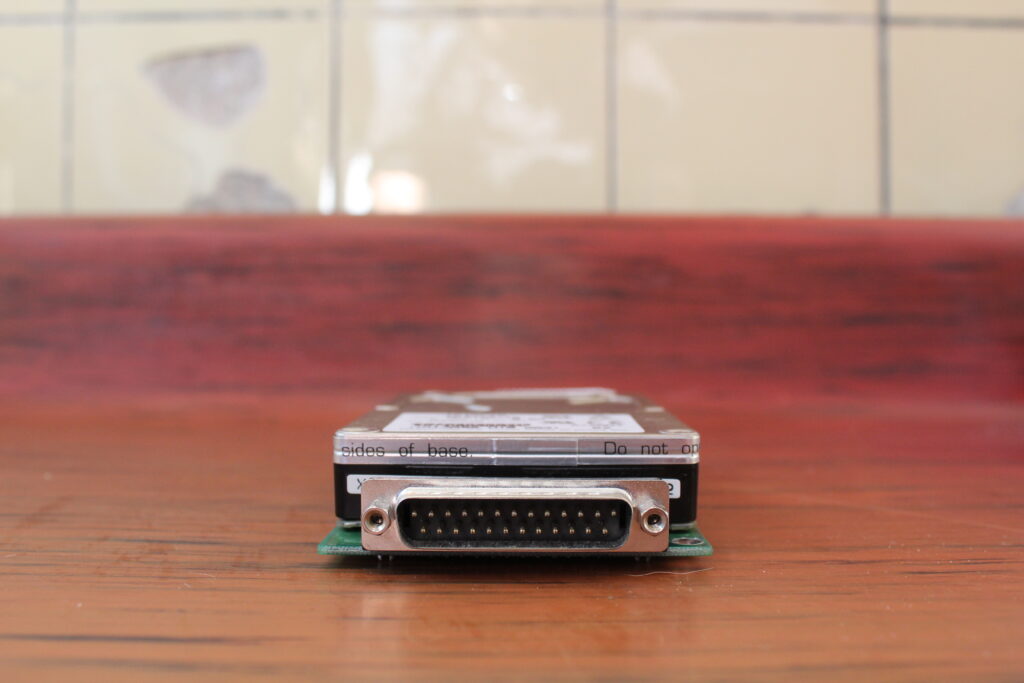
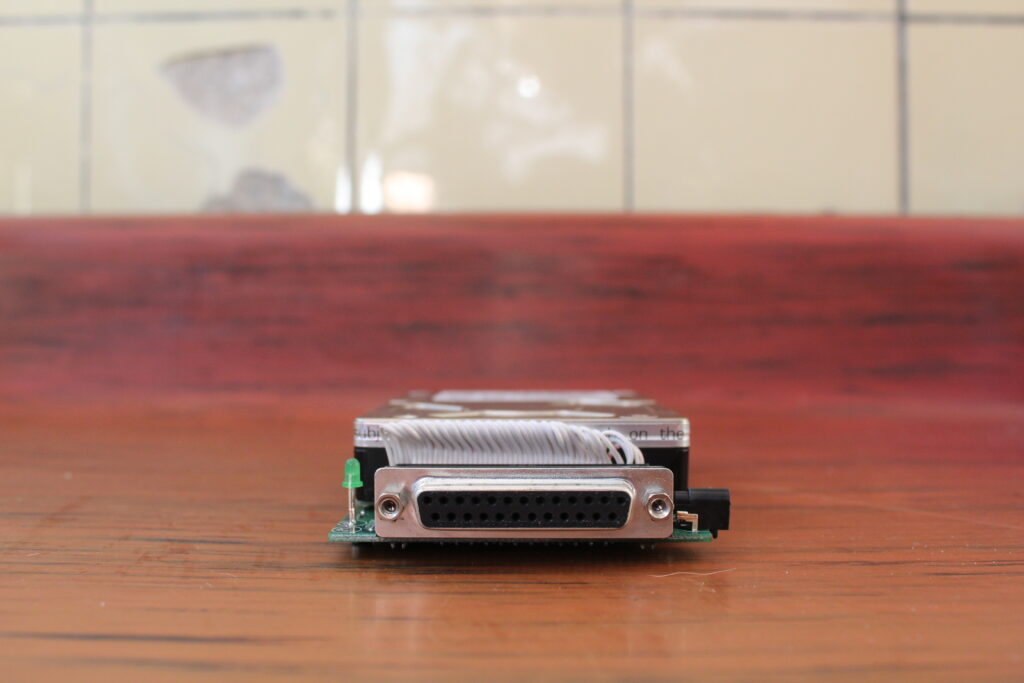
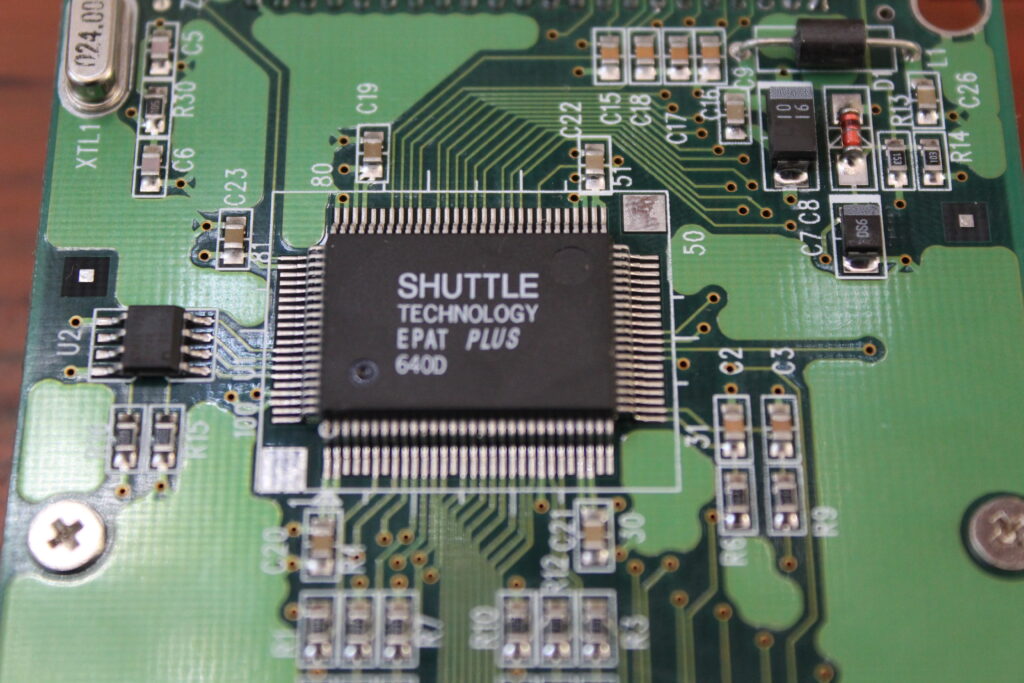
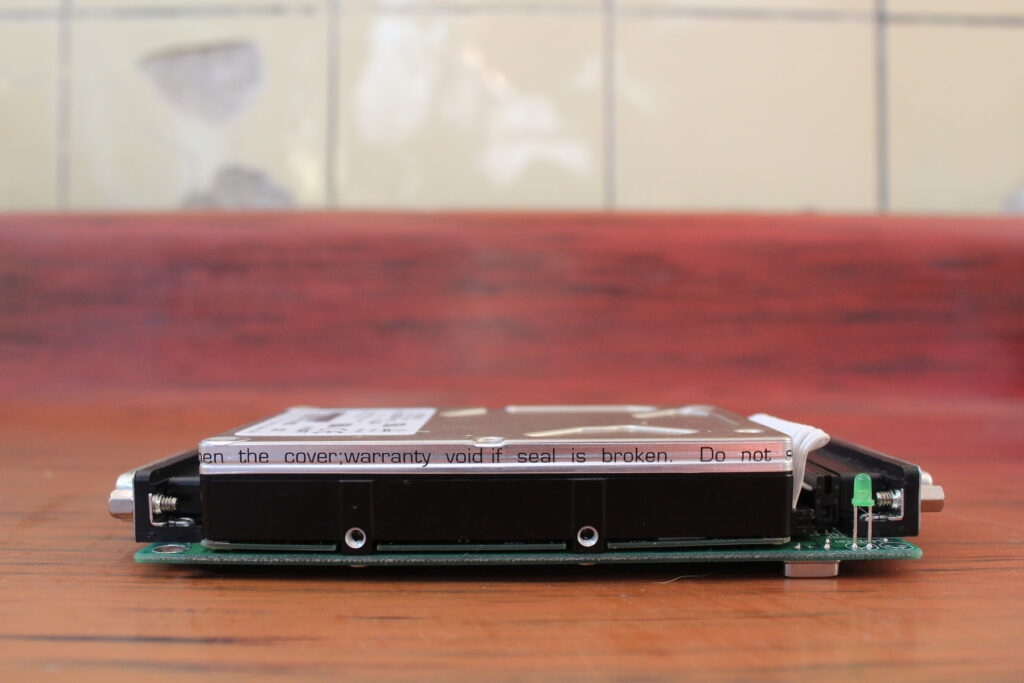
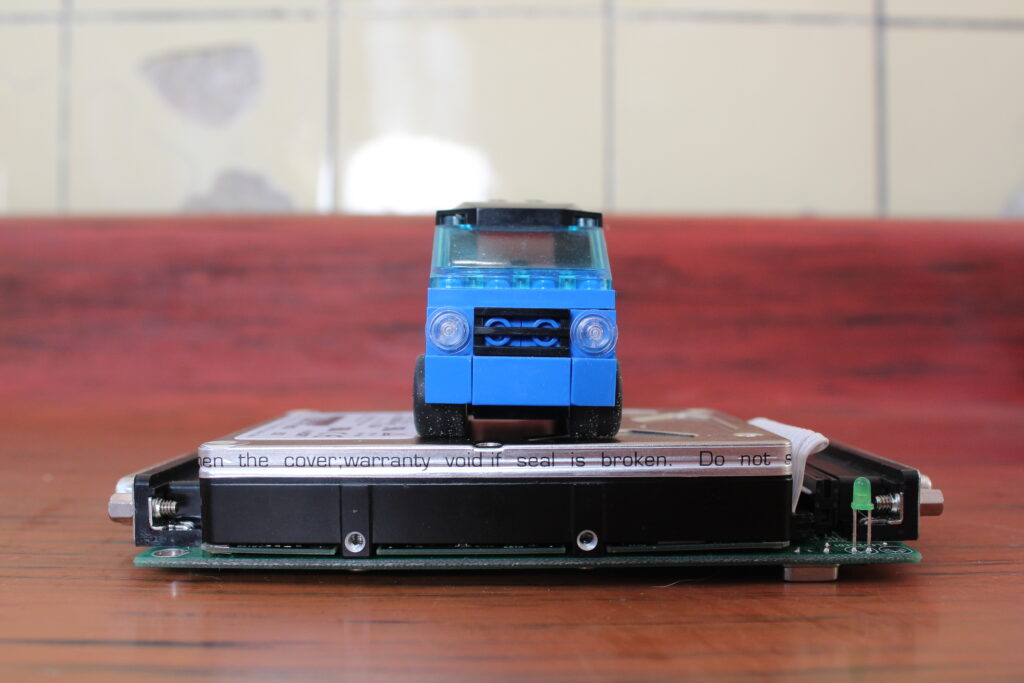
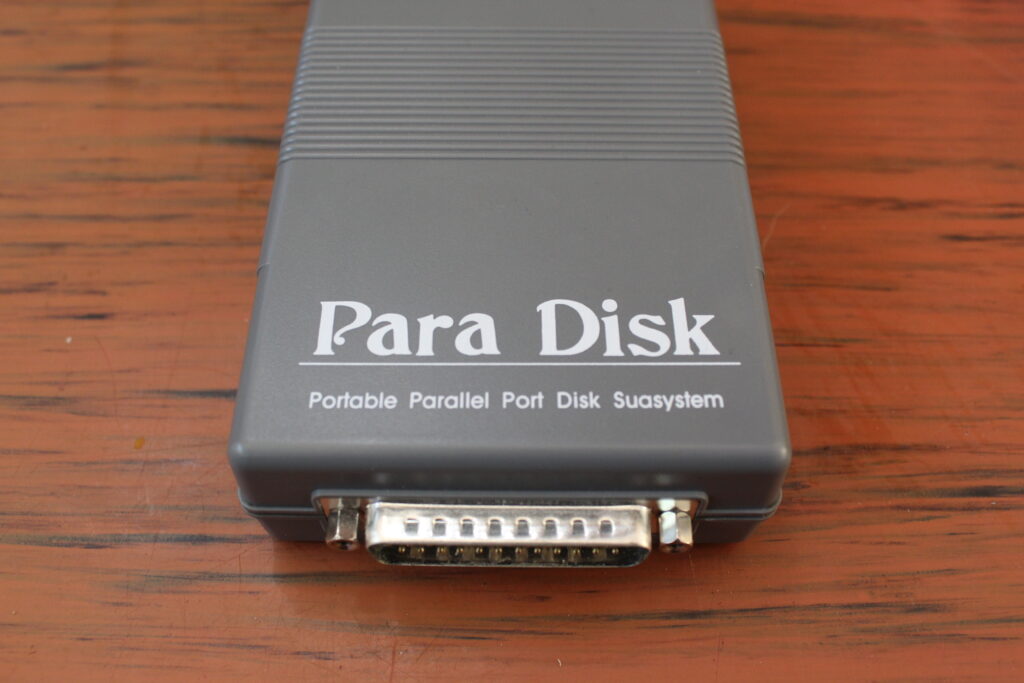
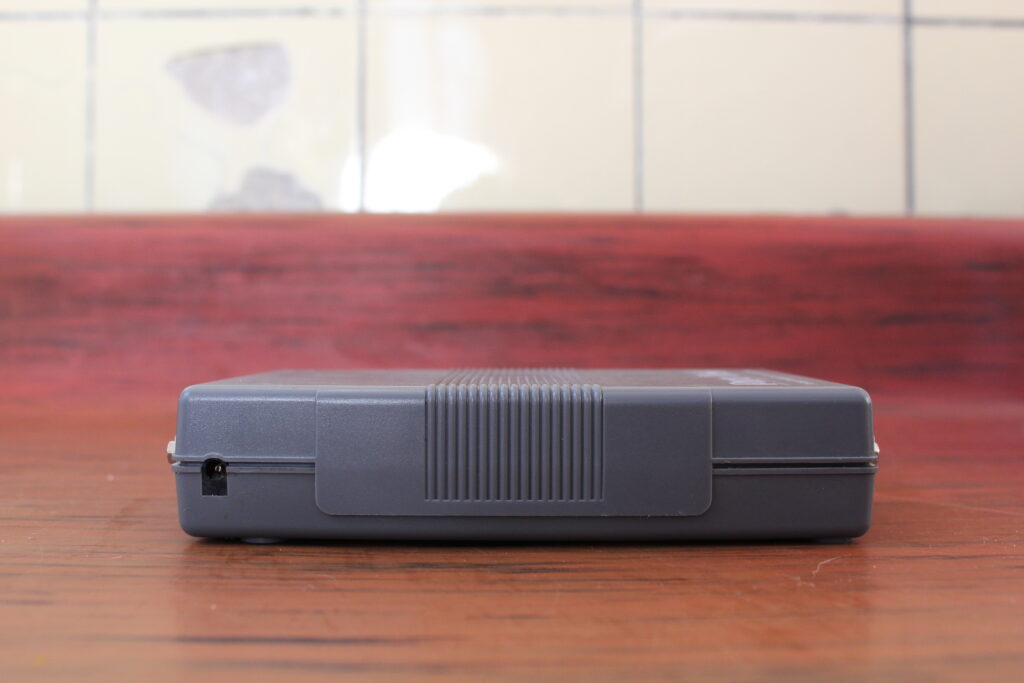
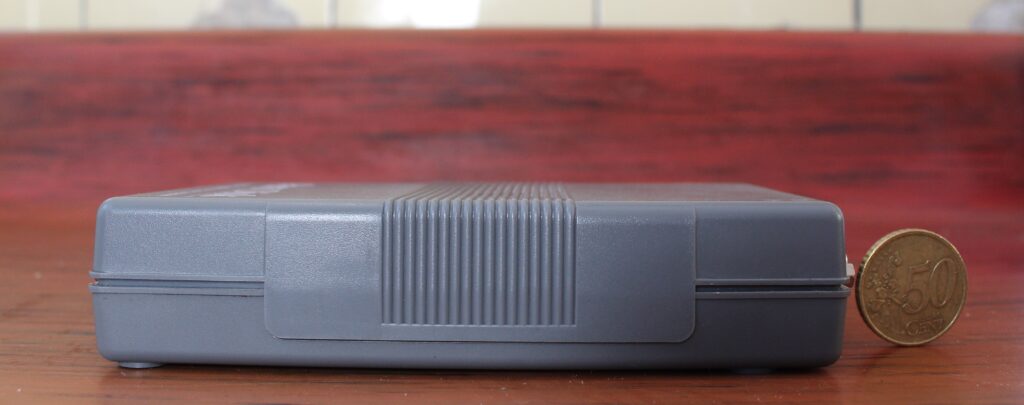
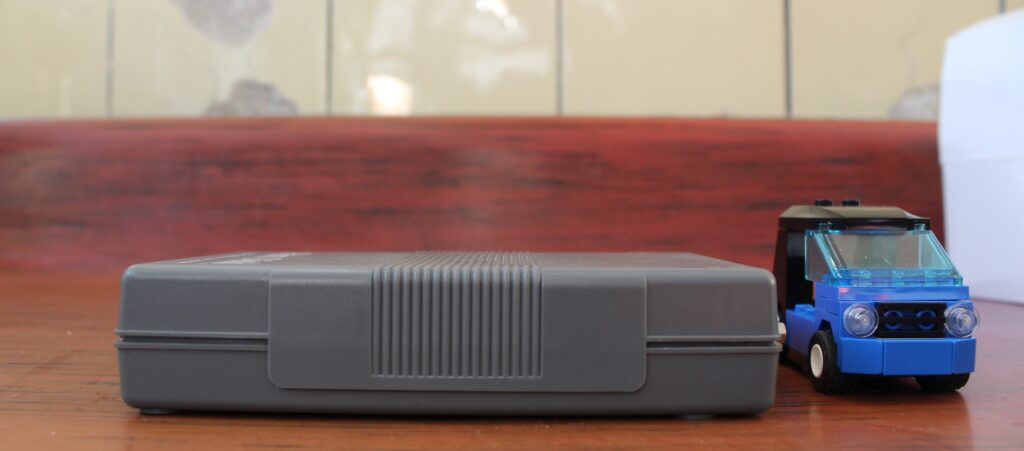
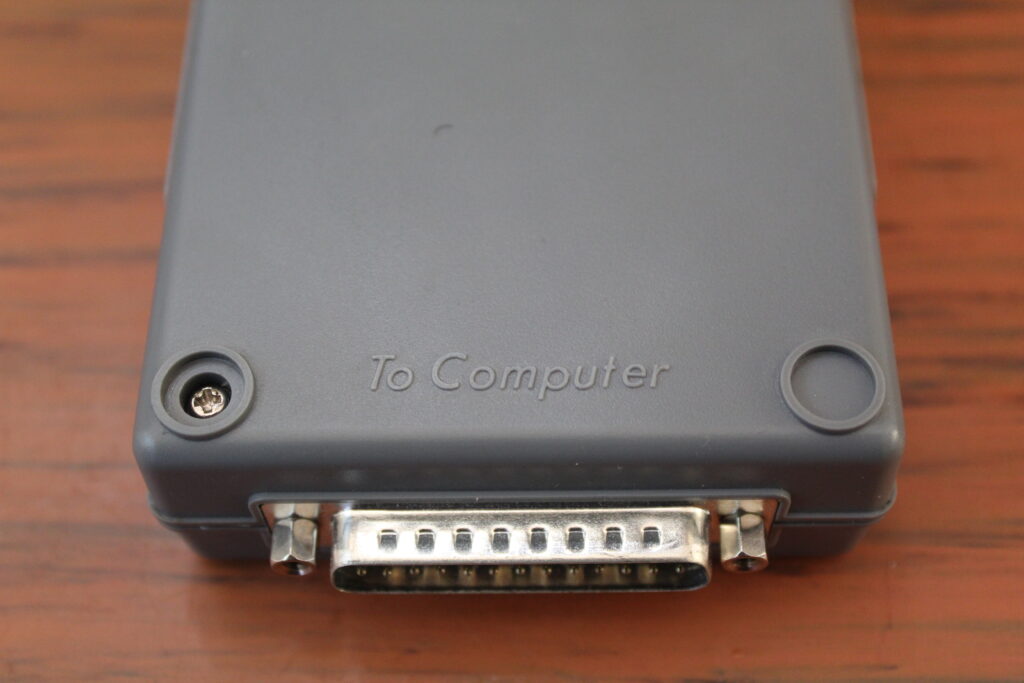
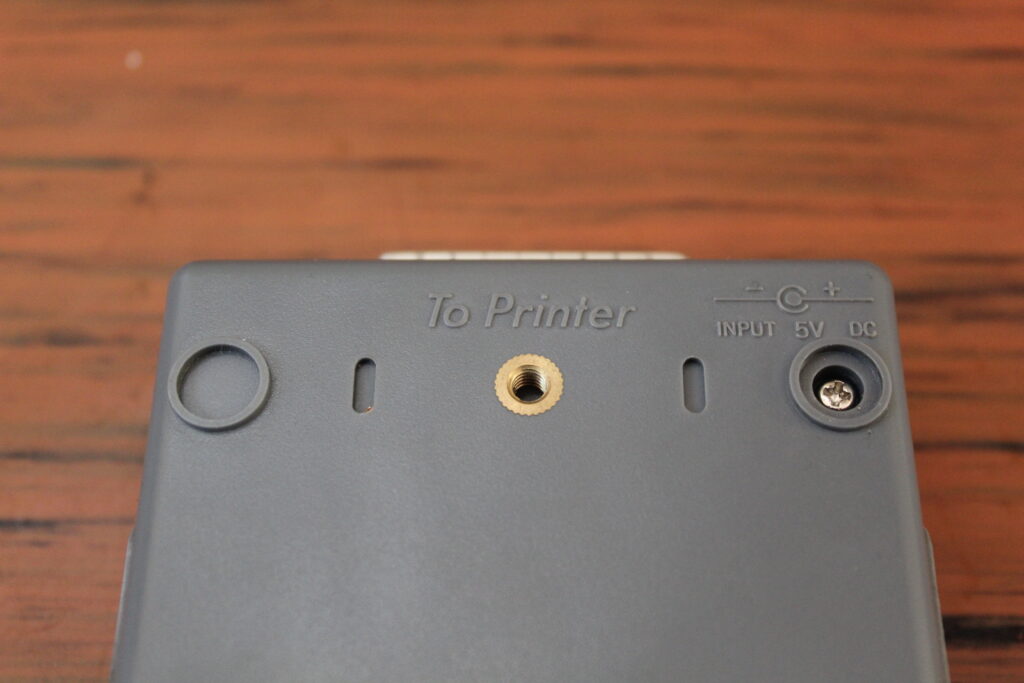
I haven’t got a website. Any way to attach tthe external hard drive to a Windows XP Pro. My computer I use is an IBM S51.
I have put the drivers on Archive.org together with this post. If those do not work a DOS boot disk with NTFS driver and the ParaDisk drivers might.
I love this thing. I want one.
How do I buy one of these?